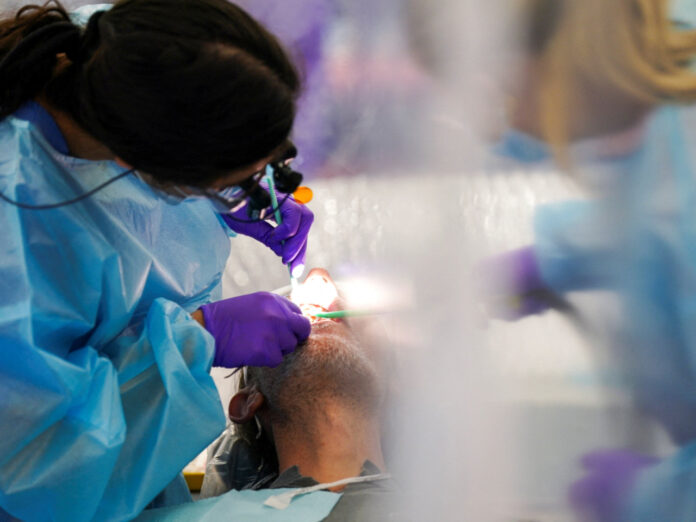By Kelly Were
In a landmark decision for global public and environmental health, governments have unanimously agreed to a worldwide phase-out of mercury in dental fillings.
The agreement, reached by parties to the Minamata Convention on Mercury in November, sets a deadline of 2034 for the cessation of manufacturing and export of dental mercury amalgam, capping a decades-long campaign to eliminate the toxic material from common use.
Dental amalgam, a mixture of mercury, silver, copper, and tin, has been a staple of dentistry for over a century due to its durability and low cost.
However, mercury is a potent neurotoxin that poses significant risks throughout its lifecycle, from the contamination of dental clinic wastewater to its release into the atmosphere during cremations.
A spokesperson for the convention hailed the decision, stating, “This landmark decision seals the fate of a major mercury product, safeguarding environmental and public health for generations.” The move was strongly supported by environmental groups, with one advocate calling it a “long-overdue victory.”
The transition away from amalgam is now considered viable due to the widespread availability and improved quality of alternative materials, such as resin-based composites and glass ionomer cements.
A dental health expert involved in the negotiations confirmed, “With the availability of effective and affordable alternatives, the transition away from amalgam is both feasible and responsible.”
The 2034 deadline provides a clear timeline for national dental associations, manufacturers, and practitioners to adapt their practices and supply chains.
This global ban represents the most significant action taken on dental mercury to date and marks a decisive step towards fulfilling the Minamata Convention’s ultimate goal of reducing mercury pollution worldwide.



















